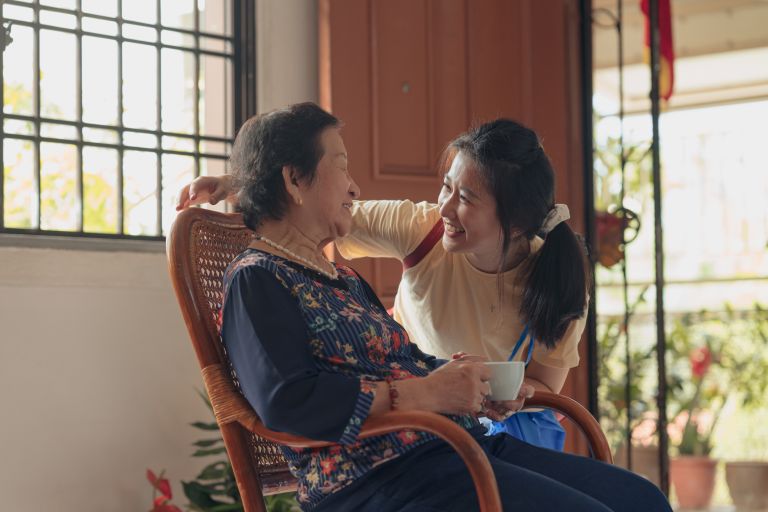New COVID-19 cases and tests
Easy Read and translated resources
Contact us and find translation help
Contacts and enquiries
- Service NSW – information and advice for NSW residents and businesses. Phone 13 77 88
- Healthdirect – government-funded 24-hour health advice. Phone 1800 022 222
- Disability Gateway – information for people with disability. Phone 1800 643 787
Government services
- Mental health support, services and programs
- Service NSW Savings Finder – find rebates and vouchers relevant to you
- Business Concierge – tailored advice from Business Connect advisors. Phone 13 77 88
Language and interpreting support
- Translating and Interpreting Service (TIS National) – free service provided by the Australian Government. Phone 13 14 50
Last updated:

